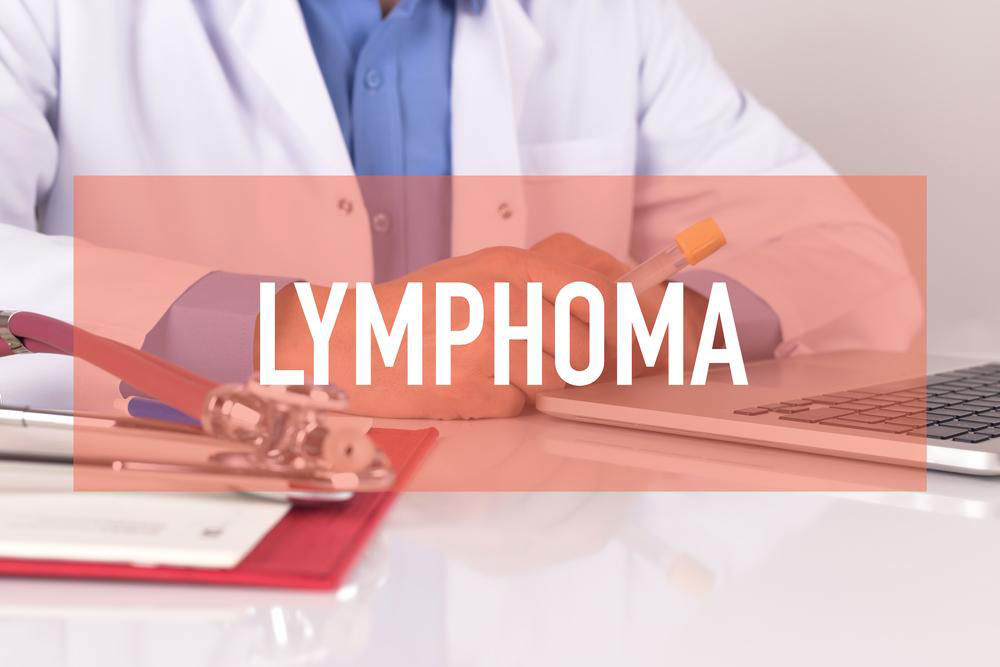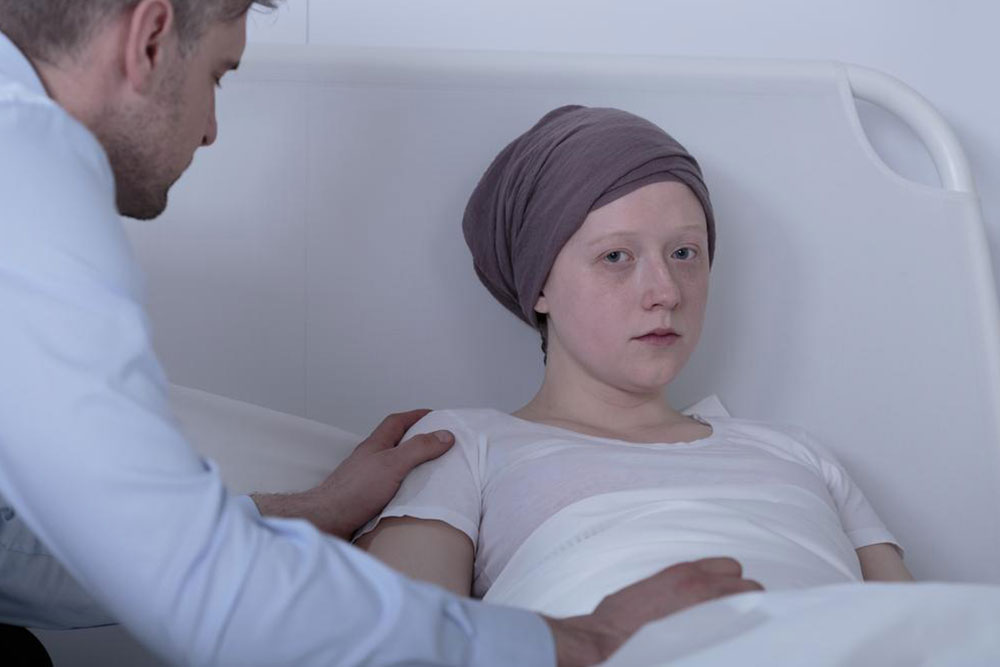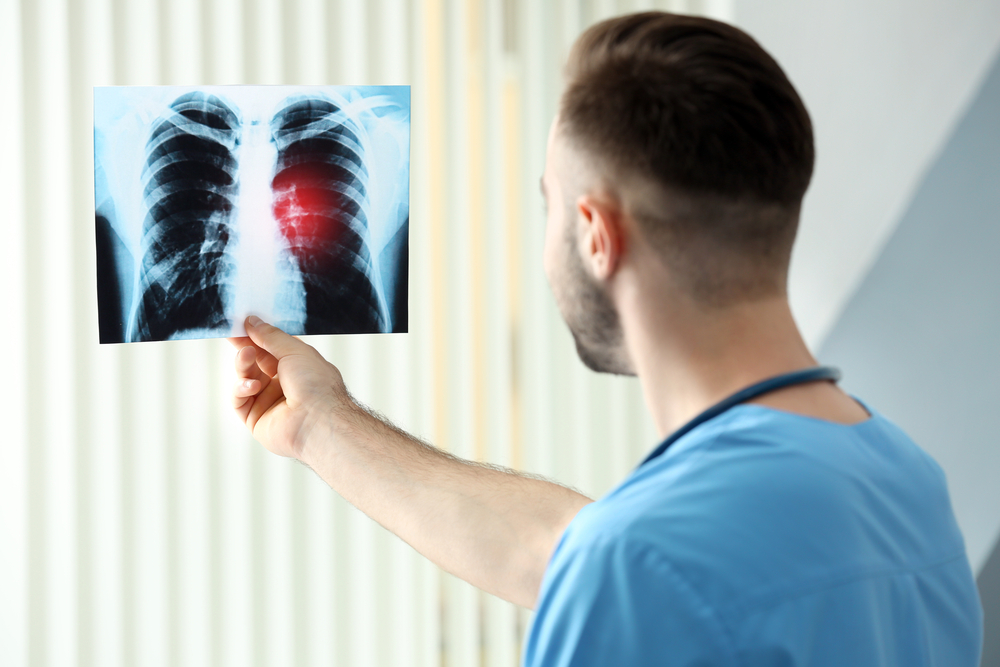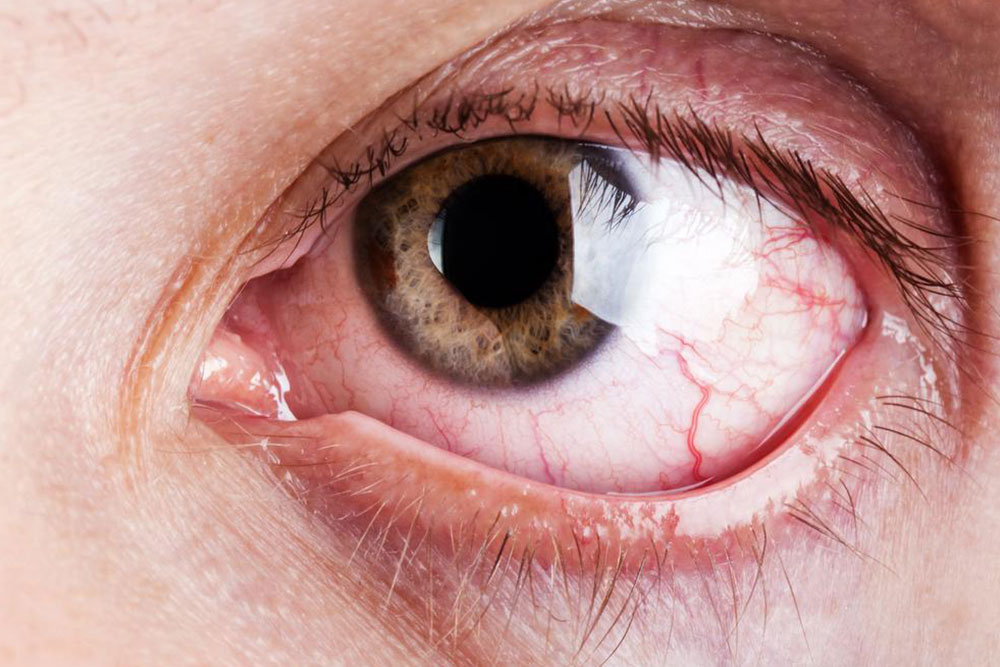Comprehensive Guide to Non-Hodgkin Lymphoma: Symptoms, Causes, and Advanced Treatment Strategies
This comprehensive article delves into Non-Hodgkin Lymphoma, exploring its symptoms, causes, diagnostic methods, and advanced treatment options. Discover how early detection and modern therapies such as immunotherapy and stem cell transplants are transforming patient outcomes. An essential guide for patients and healthcare professionals seeking in-depth understanding of NHL management.

Comprehensive Guide to Non-Hodgkin Lymphoma: Symptoms, Causes, and Advanced Treatment Strategies
Non-Hodgkin Lymphoma (NHL) is a complex and diverse group of blood cancers that originate in the lymphatic system, playing a significant role in the body's immune defense mechanism. As one of the most common types of lymphatic cancers worldwide, NHL accounts for a considerable proportion of lymphoma diagnoses. Understanding this disease’s intricacies, including its symptoms, underlying causes, and the latest treatment options, is essential for patients, caregivers, and healthcare professionals aiming for early detection and effective management.
**Understanding the Nature of Non-Hodgkin Lymphoma**
Non-Hodgkin Lymphoma is characterized by the abnormal proliferation of lymphocytes, a subset of white blood cells pivotal to immune response. Unlike Hodgkin lymphoma, NHL encompasses a wide variety of lymphoid cancers, differentiated based on cell type, genetic features, and progression rates. These lymphocytes primarily include B cells and T cells, which are responsible for fighting infections and maintaining immune health. When these cells mutate or undergo uncontrolled growth, they can form tumors within lymph nodes, spleen, bone marrow, and other parts of the lymphatic network.
The disease can manifest in many forms, ranging from slow-growing indolent types to highly aggressive variants. The diversity of NHL makes diagnosis and treatment particularly challenging, requiring sophisticated laboratory testing, imaging, and histopathological analysis.
Symptoms of Non-Hodgkin Lymphoma
Recognizing the symptoms of NHL is vital for early intervention, which significantly improves prognosis. Common signs include painless swelling of lymph nodes in areas such as the neck, armpits, or groin. Additional symptoms may involve unexplained weight loss, persistent fever, night sweats, fatigue, and loss of appetite. Some patients might experience abdominal pain or swelling if the lymphoma affects internal organs like the spleen or liver. Due to the varied presentation, NHL can often be mistaken for other medical conditions, emphasizing the importance of thorough medical evaluation.
Causes and Risk Factors
The exact cause of Non-Hodgkin Lymphoma remains unknown, but researchers have identified several risk factors that increase susceptibility. These include age—most cases occur in older adults—genetic predispositions, and previous immune system disorders. Environmental factors such as exposure to certain chemicals (e.g., pesticides, herbicides) and radiation can also play a role. Chronic infections with viruses like Epstein-Barr Virus (EBV), Human T-lymphotropic Virus (HTLV), and Human Immunodeficiency Virus (HIV) have been associated with higher lymphoma risk. Immunosuppressive therapies, often used in organ transplantation, and autoimmune diseases like rheumatoid arthritis are additional risk factors.
Diagnosis of Non-Hodgkin Lymphoma
Accurate diagnosis involves a combination of medical history review, physical examinations, blood tests, and imaging studies such as CT scans, PET scans, and MRIs. The definitive diagnosis relies on a biopsy, where a tissue sample from an enlarged lymph node or affected organ is examined under a microscope. Pathologists analyze the cellular characteristics to classify the lymphoma subtype, which guides treatment decisions. Genetic and molecular tests further refine diagnosis, helping to identify specific mutations or markers that can influence prognosis and therapy options.
Modern Treatment Approaches
The treatment landscape for Non-Hodgkin Lymphoma has evolved significantly with advancements in targeted therapy, immunotherapy, and precision medicine. The choice of treatment depends on the specific subtype, stage, patient’s overall health, and response to previous therapies.
**Chemotherapy** remains a cornerstone, often combined with immunotherapy agents like rituximab, especially for B-cell lymphomas. Chemotherapeutic agents target rapidly dividing cells, aiming to induce remission. However, their side effects require careful management.
**Radiation therapy** can be used as a primary treatment or adjunct, particularly for localized disease or residual tumors after chemotherapy.
**Stem cell transplants**—both autologous and allogeneic—offer options for relapsed or refractory disease, replacing diseased bone marrow with healthy stem cells to restore immune function.
**Targeted therapies** focus on specific genetic mutations or cell surface markers, providing personalized treatment options. Examples include inhibitors targeting tyrosine kinases or specific signaling pathways.
**Immunotherapy**, particularly monoclonal antibodies and newer checkpoint inhibitors, enhance the immune system's ability to recognize and attack cancer cells, offering promising results especially in refractory cases.
Emerging Treatment Strategies and Future Directions
Ongoing research is exploring innovative therapies like CAR-T cell therapy—a form of adoptive cell transfer—where a patient’s T cells are engineered to better attack lymphoma cells. These personalized treatments are showing remarkable success in clinical trials, offering hope for improved survival rates and quality of life.
Moreover, advances in molecular genetics enable more precise classification of lymphoma subtypes, facilitating tailored treatment plans. The integration of artificial intelligence in diagnostic imaging and data analysis also holds potential for earlier detection and better prognostication.
**Prognosis and Early Detection**
The prognosis for NHL varies widely depending on factors like stage at diagnosis, subtype, and response to treatment. Early detection is critical; increased awareness about symptoms and risk factors can lead to timely diagnosis and better outcomes. Regular medical check-ups and prompt investigation of unexplained lymphadenopathy or systemic symptoms are essential for at-risk populations.
In summary, Non-Hodgkin Lymphoma remains a challenging yet increasingly manageable disease thanks to advances in diagnostic techniques and treatment options. Continued research and personalized medicine approaches promise a brighter future for patients battling this complex condition.





